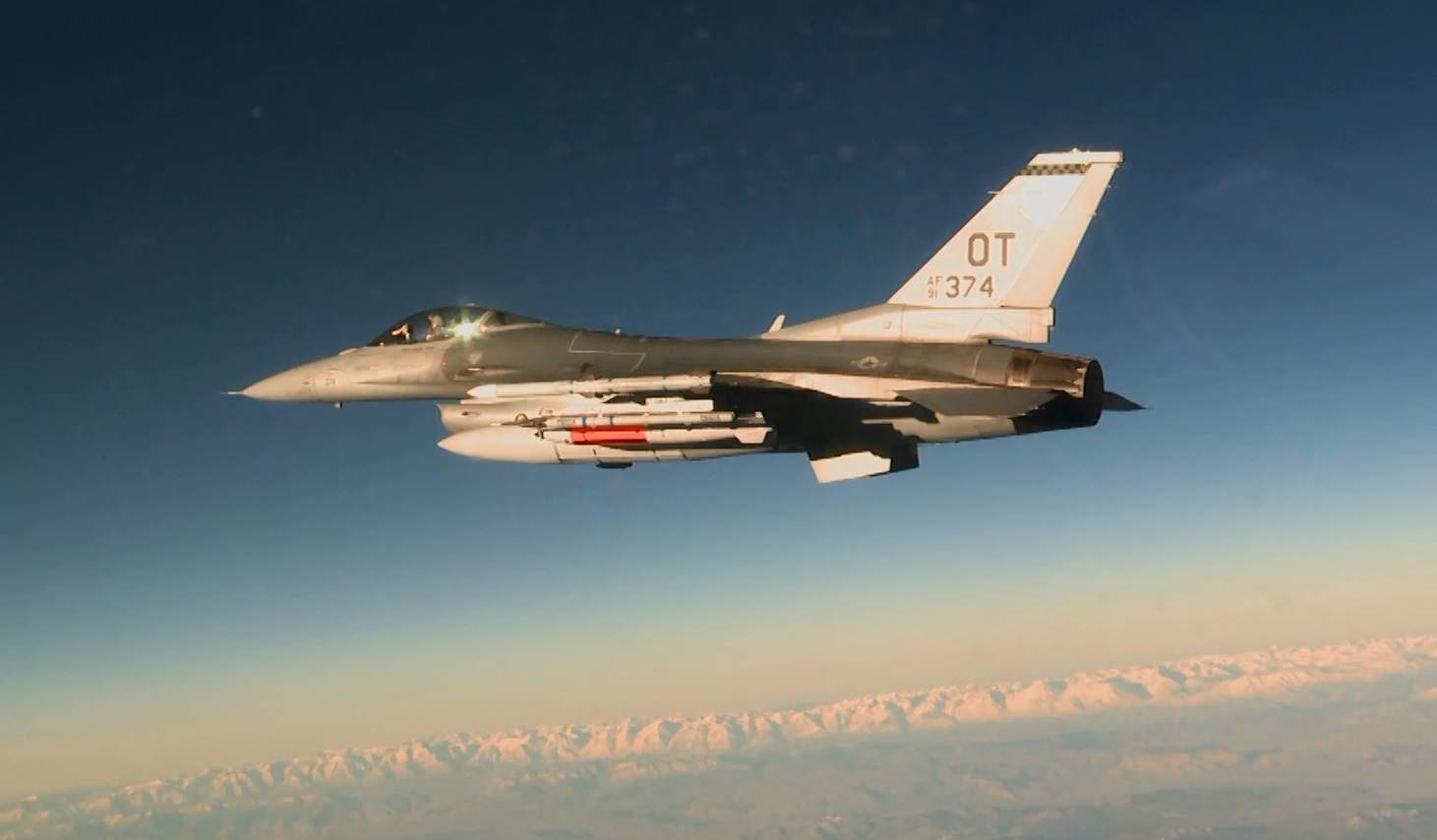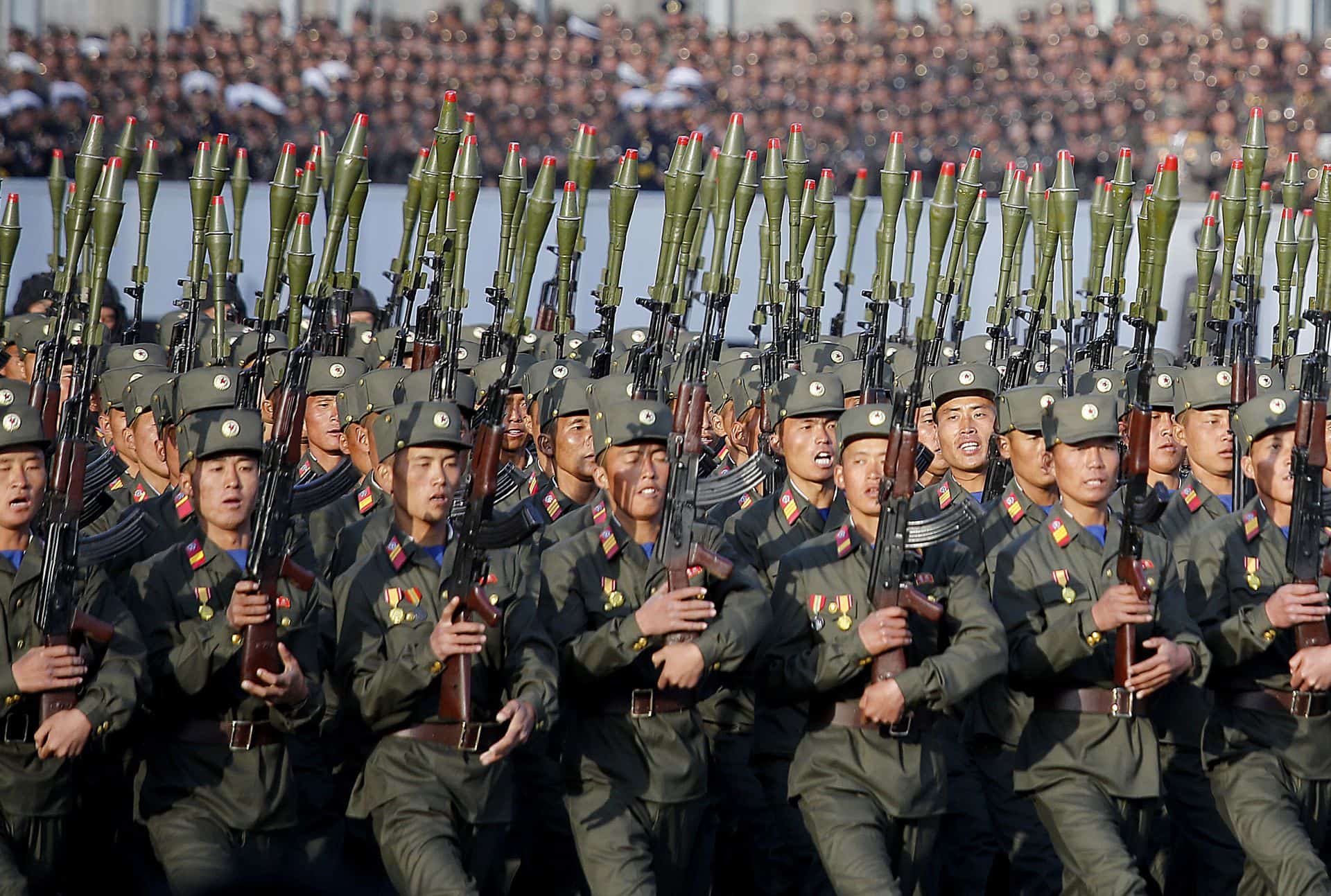As the world’s attention was on the first combat use of the conventional “Mother Of All Bombs,” the US National Nuclear Security Administration announced the successful field test of the modernized gravity nuclear bomb in Nevada.
The NNSA and the US Air Force completed the first qualification flight test of the B61-12 gravity nuclear bomb on March 14 at the Tonopah Test Range in Nevada, the agency announced on Thursday.
The test was intended to evaluate the weapon’s “non-nuclear functions” and the capability of the F-16 fighter to successfully deploy the bomb. An F-16 fighter from Nellis Air Force Base dropped the “non-nuclear test assembly,” the NNSA said in a statement.
“The successful test provides critical qualification data to validate that the baseline design meets military requirements,” said Brigadier General Michael Lutton, NNSA’s principal assistant deputy administrator for military application. The NNSA is part of the Department of Energy, which is charged with managing US nuclear weapons.
The B61-12 is a modernized version of the B61 gravity bomb, the mainstay of the Air Force’s nuclear arsenal and one of the legs of the so-called nuclear triad, along with the intercontinental ballistic missiles deployed from either ground-based silos or oceangoing submarines.
President Donald Trump has endorsed an ambitious – and expensive – plan to modernize the US nuclear triad, begun under his predecessor. The B61-12 is intended to consolidate and replace all the B61 variants currently in service.
Three successful development flight tests of the B61-12 were conducted in 2015. The March test was the first in a series scheduled to span the next three years, with the final design review due in September 2018 and the first production unit scheduled for completion by March 2020.
On Thursday, the US attracted the world’s attention by dropping a GBU-43/B Massive Ordnance Air Blast Bomb (MOAB), also known as “Mother Of All Bombs,” on Islamic State (IS, formerly ISIS/ISIL) positions in eastern Afghanistan’s Nangarhar province. It was the first combat use of the weapon, the largest conventional bomb in the US arsenal.











